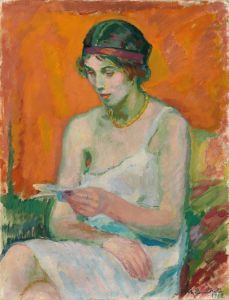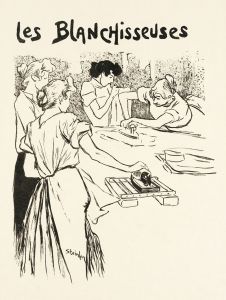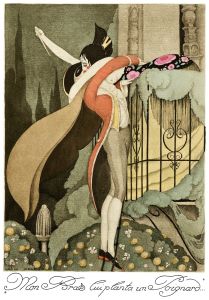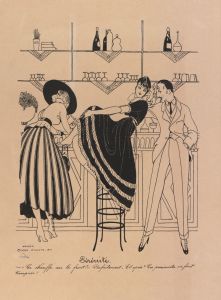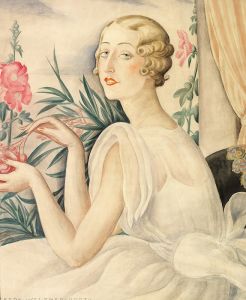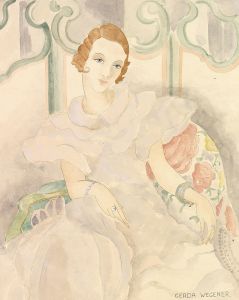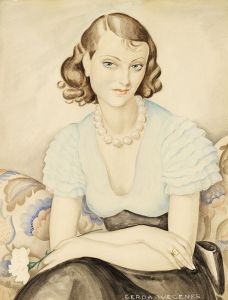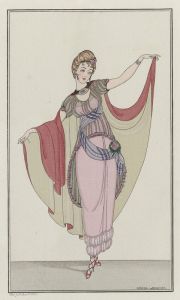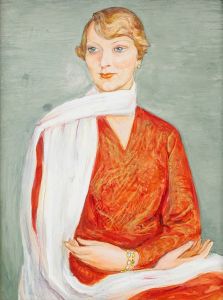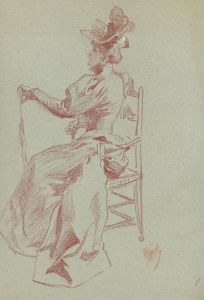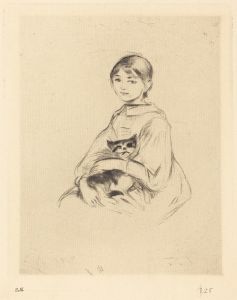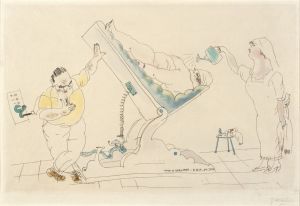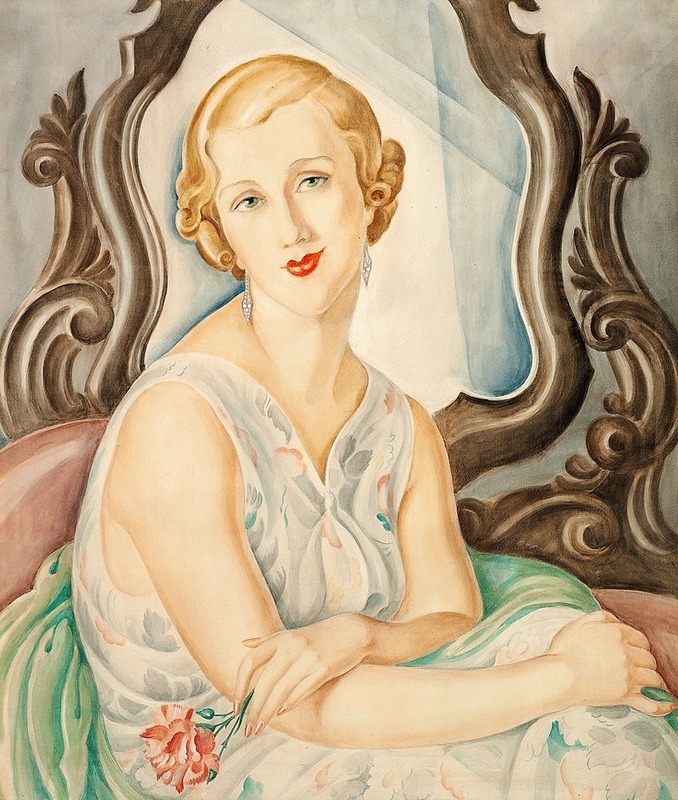
Dame foran et Spejl
A hand-painted replica of Gerda Wegener’s masterpiece Dame foran et Spejl, meticulously crafted by professional artists to capture the true essence of the original. Each piece is created with museum-quality canvas and rare mineral pigments, carefully painted by experienced artists with delicate brushstrokes and rich, layered colors to perfectly recreate the texture of the original artwork. Unlike machine-printed reproductions, this hand-painted version brings the painting to life, infused with the artist’s emotions and skill in every stroke. Whether for personal collection or home decoration, it instantly elevates the artistic atmosphere of any space.
Gerda Wegener was a Danish painter and illustrator known for her art deco style and her depictions of fashionable women and gender fluidity. One of her notable works is "Dame foran et Spejl" (Lady in Front of a Mirror), which exemplifies her unique artistic style and thematic interests. Although specific details about this particular painting are limited, it is representative of Wegener's broader body of work, which often explored themes of beauty, identity, and transformation.
Gerda Wegener was born on March 15, 1886, in the small town of Hammelev, Denmark. She moved to Copenhagen to study at the Royal Danish Academy of Fine Arts, where she met her future husband, Einar Wegener, who would later become known as Lili Elbe, one of the first recipients of gender confirmation surgery. The couple moved to Paris in 1912, where Wegener's career flourished. The liberal atmosphere of Paris allowed her to explore themes of gender and sexuality more freely than would have been possible in Denmark at the time.
Wegener's art is characterized by its vibrant colors, elegant lines, and a sense of playful sensuality. Her works often featured women in fashionable attire, depicted with a sense of empowerment and allure. "Dame foran et Spejl" fits within this context, as it likely portrays a woman gazing at herself in a mirror, a common motif in art that symbolizes self-reflection and vanity. This theme of self-examination and the exploration of identity is prevalent in Wegener's work, reflecting her personal life and her relationship with Lili Elbe.
Throughout her career, Wegener illustrated for various fashion magazines and publications, which influenced her artistic style. Her illustrations often depicted the latest fashions and were characterized by their attention to detail and stylish compositions. This background in fashion illustration is evident in her paintings, where the clothing and accessories of her subjects are rendered with precision and flair.
Wegener's work gained significant attention during her lifetime, and she exhibited her paintings in several prestigious venues, including the Salon d'Automne and the Salon des Indépendants in Paris. Her art was celebrated for its modernity and its embrace of contemporary themes, particularly those related to gender and identity.
Despite her success in the early 20th century, Wegener's work fell into obscurity for several decades. However, interest in her art and life story has been revived in recent years, particularly following the release of the film "The Danish Girl" in 2015, which dramatized the life of Lili Elbe and featured Alicia Vikander as Gerda Wegener. This renewed interest has led to a reevaluation of Wegener's contributions to art and her role as a pioneering figure in the exploration of gender and identity in visual art.
In summary, while specific information about "Dame foran et Spejl" is limited, it is emblematic of Gerda Wegener's broader artistic themes and style. Her work continues to be celebrated for its bold exploration of gender and identity, as well as its contribution to the art deco movement.





